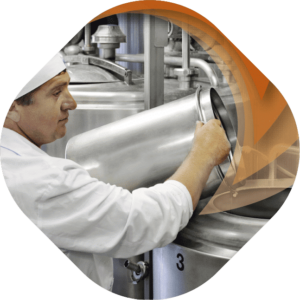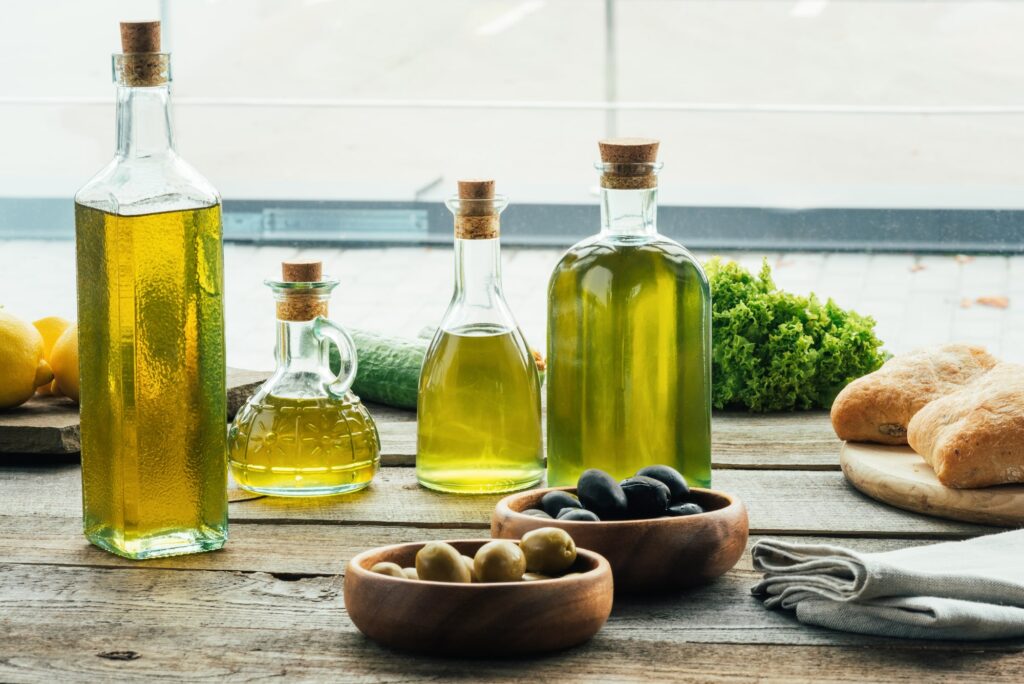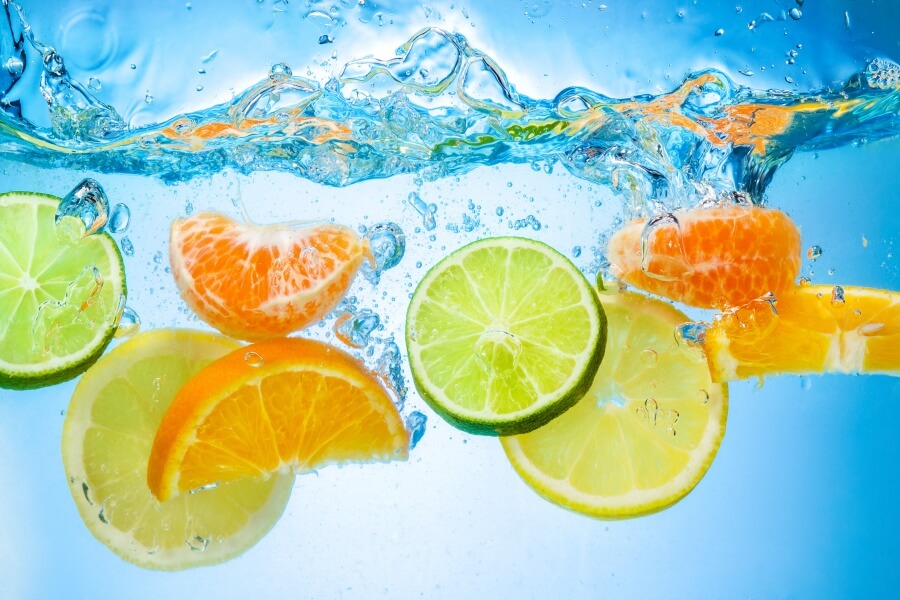
Spirits
The global alcoholic beverages market was valued at $1,448.2 billion in 2021. This is expected to grow at an average rate of 10.3% through 2028.

For the best mixing solution we rely on our process knowledge of more than 80 years and our high quality sanitary design

Market trends
This is due to the increasing consumption of spirits in developed economies such as the US and the UK. Moreover, rising popularity of pubs, bars and restaurants is expected to further drive market growth during the period. The increasing acceptance of the consumption of spirits is a key factor for the growth in the market.
Moreover, rising demand for craft spirits in developing economies such as China and India is expected to drive the growth of the liquor market. The rising demand for value-added hard seltzer products at an affordable price is a new opportunity for the market. On the other hand, the growing demand for non-alcoholic beverages is hindering the explosive growth of the market. Currently, as a result, even the major product agents are focusing on developing non-alcoholic products.
Nevertheless, people continue to consume alcoholic beverages in large numbers. For example, during the COVID-19 period, fewer liters of beer were consumed in the European Union but more bottles of beverages where more alcohol was present were consumed.
During the COVID-19 pandemic, the demand for beer and spirits increased. The main players in the alcoholic beverage market were the e-commerce platforms that could sell a huge amount of alcohol products. From ordinary wine to a large Vodka bottle, everything is available online today!
Market growth
The growing investment by the main producers in the UK to purchase high-quality Scotch whisky products is driving the growth of the market. Major producers are buying superior quality cider, perry and white wine. The rapidly growing demand from American consumers for beer supplements with fewer calories is further driving industry growth. Moreover, rising demand for value-added hard seltzer products at an affordable price is an emerging opportunity for the market. Therefore, the alcoholic beverages market is expected to perform well during the forecast period.
Beverages Applications
Frequently Asked Questions
What was the valuation of the global alcoholic beverages market in 2021?
The global alcoholic beverages market was valued at $1,448.2 billion in 2021. This substantial figure reflects the industry’s size and significance, marking it as a critical sector within the broader food and beverages market.
What is the expected growth rate of the market through 2028?
The alcoholic beverages market is projected to grow at an average rate of 10.3% through 2028. This anticipated growth is fueled by various factors, including rising consumption and changing consumer preferences in developed economies.
What factors are driving market growth in developed economies?
Increasing consumption of spirits in developed economies like the US and UK is a key growth driver. Additionally, the rising popularity of pubs, bars, and restaurants is expected to further enhance market growth during this period.
How has the COVID-19 pandemic affected the alcoholic beverages market?
During the COVID-19 pandemic, demand for spirits and other alcoholic beverages increased despite a decrease in beer consumption within the European Union. E-commerce platforms played a crucial role in facilitating sales, demonstrating adaptability in the market.
What is the impact of non-alcoholic beverages on the market?
The growing demand for non-alcoholic beverages is posing a challenge to the rapid growth of the alcoholic beverages market. This shift in consumer preferences has prompted major producers to develop non-alcoholic alternatives to meet changing demands.
Food & Beverages Contacts

Tom Pruymboom
Sales Director
Area Worldwide

Bart Brouwer
Area Sales Manager
Area Worldwide

Sijko van der Veen
Application Engineer
Technical Specialist
Food & Beverages – Related Articles

Fermentation & Bioreactor Mixing Process
Bioreactors and Fermenters are culture systems to produce cells or organisms. They are used in various applications, including basic research and development, and the manufacturing of biopharmaceuticals, food and food additives, chemicals, and other products. A broad range of cell types and organisms can be cultivated in bioreactors and Fermenters, including cells (like mammalian cell lines, insect cells, and stem cells), microorganisms (like bacteria, yeasts, and fungi), as well as plant cells and algae. The words “Bioreactor” and “Fermenter” are basically the same thing.

How to avoid foaming in your mixing process?
Through years of experience, Jongia Mixing Technology knows the correct application to many mixing processes. So too with mixing processes where the elimination of foaming – which can occur through the behaviour of the recipe – is of great importance.

Tutorial: starch gelatinization – from raw starch to glucose syrup
Around the world, Jongia Mixing Technology has initiated numerous mixing processes using its agitators to produce modifications from raw starch and convert them into usable products. An example of a product where raw starch is one of the constituents is
The mixing of spirits
Alcoholic beverages are Newtonian liquids with a low viscosity of <200cp. Which causes the liquid to be directly in the turbulent phase. Which promotes rapid opinion as the liquid flows mix quickly and chaotically.
Hygiene is very important within the beverage industry. As a result, baffles and a bottom bearing in the tank are not desirable. Baffles are applied to prevent a vortex, this vortex occurs when the agitator is centrally placed in a low vicious product (such as alcoholic beverages) in a turbulent phase. This is prevented by placing the agitator eccentrically, depending on the geometry of the tank, the agitator is placed at ⅓ of the tank diameter. Also a bottom bearing is a thing of the past, the axial and radial forces normally absorbed by a bottom bearing are now dissipated through the agitator superstructure. This technique can be expanded in several steps so that up to about 30 meters of freely suspended agitators can be supplied. This greatly simplifies cleaning of the agitator and in addition, maintenance on the inside of the tank (regarding the agitator) is also a thing of the past.
Depending on, among other things, the tank geometry, available space and requirements regarding various batch levels, the choice is made for the right configuration of the agitator. There are many possibilities such as direct drive agitators called JDR or JDRW (without drive). There are also circumstances that require agitators including drives. Both the agitators with and without drive can be frequency controlled. We have also recently started offering both our magnet-driven side entry agitators, where hygiene/cleaning are optimal and the risk of leakage is a thing of the past.
Newtonian fluids; If the fluid has a constant viscosity at all velocity gradients, it is Newtonian.
Turbulent phase; Turbulent flow is characterized by its swirling nature; the flow does not flow neatly layered, but moves erratically. Much flow takes place perpendicular to the main flow.
Baffles; baffles mounted on the wall of the tank to interrupt fluid flow, preventing a vortex.
Bottom bearing; a bearing section mounted on the bottom, on the inside of the tank to absorb mainly radial forces from the agitator work. Please note, this part contains a wear part that needs to be replaced on average every 2 years depending on the process/use.




















